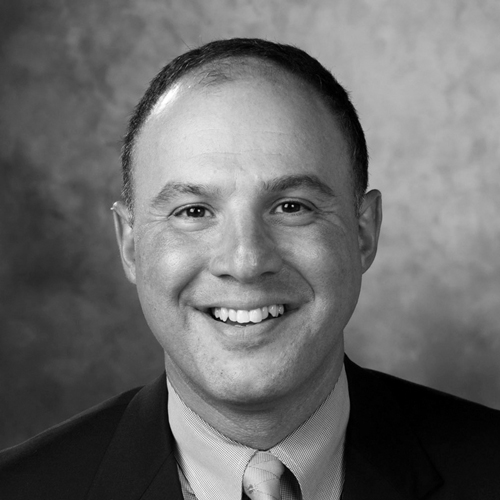Where’s an old stock image lurking in the minds of most Americans when they think of AARP members: an older man or woman sitting on a porch in a rocking chair and staring out at nothing—however, it’s grossly inaccurate. “People are living 30 years longer than they did 100 years ago,” says Cynthia Lewin, general counsel and executive vice president of AARP. “You can’t just rock on your front porch for an extra 30 years.”
Lewin works on strategies to enrich the lives of adults 50 and older, an initiative that’s come to define AARP. The nonprofit advocate changed its name in 1999, and since then, the organization has rebranded the last two letters to stand for “real possibilities” instead of “retired persons.”
This change in AARP’s strategy is part of a shifting societal norm. There was a time when people went to work straight after eighth grade, entirely skipping adolescence. Labor laws added the adolescent phase. Now, increased life spans have added 30 years after the typical age of retirement, and many are choosing not to retire or retire much later than expected. It’s a new life stage that people are only now learning to acknowledge and plan for. “Rocking on your porch can be isolating,” Lewin says. “You need stimulation and purpose—to be out there contributing and part of your community.”
Managing this shift comes with several approaches, and one of them has been a core piece of AARP’s mission since its inception: fighting age discrimination, either in the courts or through legislative advocacy. Much of AARP’s work focuses on the employer. The group envisions ways to make the workplace an open, welcoming environment for experienced workers. Businesses know that AARP has a certain viewpoint about the usefulness of older workers, but Lewin and others work to find businesses that can evangelize the benefits of hiring and keeping seniors on staff. “A multigenerational workforce benefits anyone,” she says. “You can do so much more with diverse perspectives.”
Another major stage focuses on AARP’s members by preparing them for the workforce. The workplace has changed drastically; people don’t start at one job, stay for 40 years, collect their gold watch, and retire. “It’s a patchwork quilt, not a career ladder,” Lewin says. People move laterally rather than climbing, and people of all experience levels are brought in to fill needs. That can be good for older workers. Making the workplace more tenable for experienced employees isn’t a stretch beyond what offices already do for millennials, Lewin says. Both groups want more flexibility in terms of work hours and tenures within their companies. They’re focused on their lives beyond the workplace and want their professional lives to reflect their personal ethics and goals.
Still, misconceptions about how seniors function in the workplace can snag opportunities. Nearly 90 percent of seniors 65 and older have personal e-mail and use it regularly, according to Nielsen, and one-third of the 195.3 million US Internet users are aged 50 or older. For more specific technology needs, such as social media use and promotion, AARP offers targeted classes called AARP TEK. The group also partners with Kaplan to offer other courses. “You see so many videos online of the older person who can’t turn on a computer or mute a phone, played for laughs,” Lewin says. “If I could put those videos out of business, that would be great.” But AARP’s members don’t need to learn how to turn on a computer or mute a phone.
Lewin remembers a time when mothers were shut out of the workplace. Eventually, businesses realized how much they were losing by pushing women out of the workforce, and policies like maternity leave became commonplace. Lewin wants the same thing for experienced workers. A historical perspective is just as valuable as one fresh out of college, and the combination of youthful energy and experienced composure improves every workplace. She hopes her work will prove that across the board.
Lewin’s work and AARP’s commitment go beyond employment opportunities, though. Many seniors are able to retire after 50, and they want to find other ways to fill their lives beyond the workplace—and beyond the rocking chair. To that end, Lewin and several others worked together to create Life Reimagined, a service that isn’t promoted directly through AARP. “People think of AARP and, despite our best efforts, think of retirement,” Lewin says. “But this is a whole-life initiative.”
Life Reimagined is an online project that can be useful for anyone, regardless of generation. It asks a series of questions focused on major transitions that could happen in your life, whether that’s beginning a new job, retiring from an old one, or switching roles. It puts you through a series of exercises designed to help you think through what you should do to achieve your goals. Life Reimagined embodies the single takeaway that AARP leaves with the employers, employees, and general public. “Aging isn’t about diminishing, coming to an end, or a long, slow decline,” Lewin says. “It’s about possibilities.”

